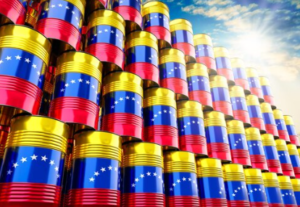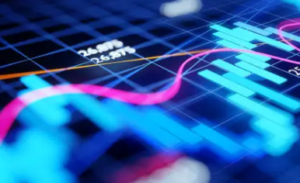$GLD $SLV $GC
#Gold #Silver #PreciousMetals #Investing #Recession #Markets #Fed #Interestrates #BondYields #MetalsAnalysis #USEconomy #EconomicOutlook
Gold prices have demonstrated an impressive resilience in the face of persistently high bond yields and a relatively shallow Federal Reserve rate-cutting trajectory, a situation that often pressures the commodity. Analysts at Heraeus note that while headwinds exist, gold’s performance appears bolstered by market uncertainty and a weaker economic backdrop. Investors often flock to gold as a safe-haven asset during periods of market turbulence, and this trend currently appears to be mitigating gold’s vulnerability to traditional factors such as rising yields. The expectation of fewer Fed rate cuts further underscores the ongoing volatility in market sentiment. High yields typically make the non-yielding gold less attractive, but the metal has found support as concerns over potential economic downturns continue to weigh on risk assets.
Silver, on the other hand, presents a more precarious outlook, particularly if the U.S. economy moves into a recession in the second quarter. Unlike gold, silver has a dual role as both a precious metal and an industrial commodity, leaving it highly sensitive to economic growth prospects. Analysts suggest that a downturn in manufacturing and industrial demand, which typically accompanies a recession, could place significant downside pressure on silver prices. Furthermore, the Federal Reserve’s cautious approach toward rate adjustments signals an uncertain trajectory for silver, since economic contractions could erode the metal’s industrial applications faster than its safe-haven appeal boosts it.
The bond market dynamics further underscore the contrast between gold and silver’s trajectories. The persistently high yields on Treasury bonds have created an unattractive risk-reward environment for non-yielding assets like precious metals. Still, gold’s enduring allure in times of economic uncertainty has enabled it to navigate these headwinds effectively. A potential U.S. recession amplifies this dynamic, reinforcing gold’s status as a reliable store of value. For silver, however, its vulnerability to reduced industrial utility amid economic decline cannot be overstated. Should the macroeconomic situation evolve into a deep contraction, silver prices could slide meaningfully due to lower consumer and industrial demand.
From a strategic perspective, Heraeus’ assessment highlights the broader implications for investors in precious metals markets amid shifting macroeconomic conditions. Gold may continue to benefit from its safe-haven appeal driven by recession fears, serving as a stabilizing asset for portfolios during an uncertain environment. Silver’s performance will likely hinge on whether industrial demand can offset economic headwinds. Both metals add critical diversification, but their divergent risk profiles underscore the importance of tailored investment approaches. As markets absorb signals from the Fed and broader economic indicators, the precious metals complex remains a pivotal area of focus for investors bracing for continued volatility.







Comments are closed.